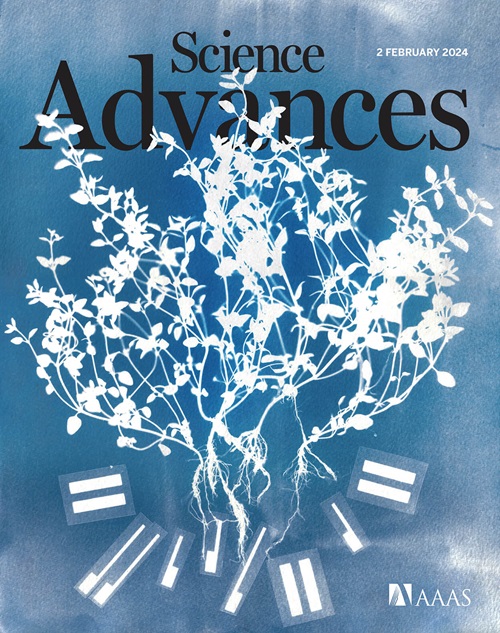Current crowding–free superconducting nanowire single-photon detectors
IF 11.7
1区 综合性期刊
Q1 MULTIDISCIPLINARY SCIENCES
引用次数: 0
Abstract
Detecting single photons is essential for applications such as dark matter detection, quantum science and technology, and biomedical imaging. Superconducting nanowire single-photon detectors (SNSPDs) excel in this task due to their near-unity detection efficiency, subhertz dark count rates, and picosecond timing jitter. However, a local increase of current density (current crowding) in the bends of meander-shaped SNSPDs limits these performance metrics. By locally irradiating the SNSPD’s straight segments with helium ions while leaving the bends unirradiated, we realize current crowding–free SNSPDs with simultaneously enhanced sensitivity: After irradiation with 800 ions nm−2, locally irradiated SNSPDs showed a relative saturation plateau width of 37%, while fully irradiated SNSPDs reached only 10%. This larger relative plateau width allows operation at lower relative bias currents, thereby reducing the dark count rate while still detecting single photons efficiently. We achieve an internal detection efficiency of 94% with 7 mHz dark count rate near the onset of saturating detection efficiency for a wavelength of 780 nm.

求助全文
约1分钟内获得全文
求助全文
来源期刊

Science Advances
综合性期刊-综合性期刊
CiteScore
21.40
自引率
1.50%
发文量
1937
审稿时长
29 weeks
期刊介绍:
Science Advances, an open-access journal by AAAS, publishes impactful research in diverse scientific areas. It aims for fair, fast, and expert peer review, providing freely accessible research to readers. Led by distinguished scientists, the journal supports AAAS's mission by extending Science magazine's capacity to identify and promote significant advances. Evolving digital publishing technologies play a crucial role in advancing AAAS's global mission for science communication and benefitting humankind.
 求助内容:
求助内容: 应助结果提醒方式:
应助结果提醒方式:


